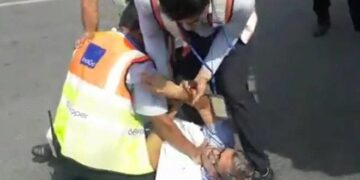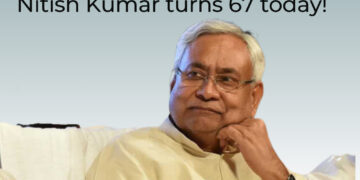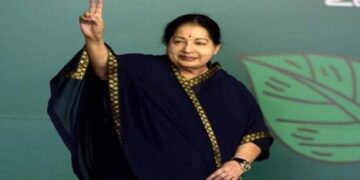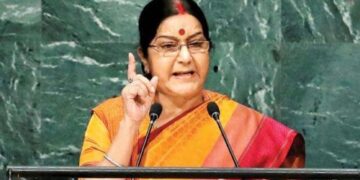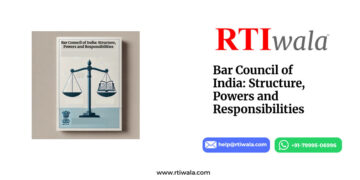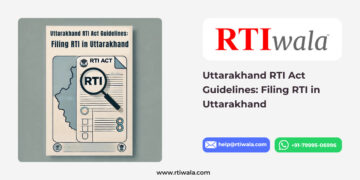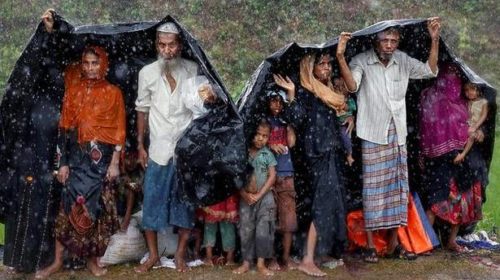RTIwala Explains: Rejected by the country they were born in and shunned by the neighboring states, the Rohingyas are searching their true fate. The Rohingya are among the most vulnerable amongst forcibly displaced groups across the world. Thousands of Rohingya have been fleeing Myanmar, especially after the August 25 violence in Western Myanmar. The United Nations Refugee Agency (UNHCR), which places them among the “the most vulnerable groups of the forcibly displaced” has said a total of 87,000 Rohingyas have arrived in Bangladesh till date.
Also Read: Media Attacked Again: Who, When, Why?
Who are the Rohingyas?
Rohingyas are one of the most persecuted communities in the world. Although, they have been living in the state of Arakan since the 8th century (which is now part of Burma), the Rohingyas have been under extreme scrutiny by the Burmese government. They haven’t been recognized as citizens of The Union of Burma since the 1962 coup d’état by General Ne Win. Rohingya are an ethnic group, largely comprising Muslims, who predominantly live in the Western Myanmar province of Rakhine. They speak a dialect of Bengali, as opposed to the commonly spoken Burmese language.
Though they have been living in the South East Asian country for generations, Myanmar considers them as persons who migrated to their land during the Colonial rule. So, it has not granted Rohingyas full citizenship. According to the 1982 Burmese citizenship law, a Rohingya (or any ethnic minority) is eligible for citizenship only if he/she provides proof that his/her ancestors have lived in the country prior to 1823. Else, they are classified as “resident foreigners” or as “associate citizens.”
Also Read: RTIwala interviews the bigshots of the Indian society
Since they are not citizens, they are not entitled to be part of civil service. After decades of oppression and marginalization, the passing of the 1982 Citizenship Law deemed them officially stateless.
What happened in Myanmar in 2012?
Myanmar state, which was ruled by the military junta until 2011, has been accused of ethnic cleansing in Rakhine by the United Nations. It deported thousands of Rohingya to Bangladesh in the seventies and the citizenship law was also enacted by the junta. Things changed little for the Rohingya even after the political reforms in 2011 that eventually led to the first general elections in 2015, as the democratically-elected government headed by President Htin Kyaw has been unwilling to grant citizenship.
[amazon_link asins=’1849046239,1137586192,184604250X,B075PZ8XY1,B0142UH4XE’ template=’ProductCarousel’ store=’wwwrtiwalain-21′ marketplace=’IN’ link_id=’48e4645e-bb4e-11e7-8e2b-11f6f2fa01c3′]
Sectarian violence between Rohingyas and Rakhine’s Buddhist natives began flaring up in June 2012, following the rape and murder of a Rakhine woman in a Rohingya-dominated locality. The riots, which were triggered, as a result, went on for almost a month with causalities on both sides. Ethnic clashes between Buddhists and Rohingyas broke out in Rakhine State in June 2012, resulting in a number of deaths (official records peg the toll at 78) and displacing over 1,00,000 people.
What happened in the Rakhine state on 25 August 2017?

On the 25th of August 2017, the Burmese military launched a massive offensive against the Rohingya population of Rauthedaung, Bauthidaung and Maungdaw townships of Rakhine State. An estimated 4,000 men, women and children have been killed. More than 65,000 Rohingya have crossed the border into Bangladesh as refugees with a further 20,000 currently stuck in No Mans Land between Burma and Bangladesh with Burmese military still attacking them. Hundreds of homes have been burned to ashes; reports of children being beheaded by Burmese military men have emerged. The Government of Burma is relenting in their open genocide approach to the Rohingya.
Also Read: Sachin Bats Off for Mumbaikars
Muslim militants in Myanmar staged a coordinated attack on 30 police posts and an army base in Rakhine state on August 25. The Arakan Rohingya Salvation Army (ARSA), a group previously known as Harakah al-Yaqin, claimed responsibility for the attacks. In the counter-attacks launched by Army at least 59 of the insurgents and 12 security personnel were killed. India and Bangladesh have also claimed ARSA is creating trouble in their soil too. The “clearance operations” to root out ARSA launched by the Myanmar military has once again affected the lives of Rohingya, many of whom have been living in relief camps since 2012. Reports of villages being torched, civilian deaths, and Rohingya youths being picked up for interrogation have followed the militant attack.
[amazon_link asins=’1849046239,1137586192,184604250X,B075PZ8XY1,B0142UH4XE’ template=’ProductCarousel’ store=’wwwrtiwalain-21′ marketplace=’IN’ link_id=’48e4645e-bb4e-11e7-8e2b-11f6f2fa01c3′]
Who is responsible?

Aung San Suu Kyi is the State Counsellor and de facto leader of Burma. Myanmar’s pro-democracy icon Aung San Suu Kyi has come under criticism for failing to voice the concerns of Rohingyas. She is a Nobel peace prize winner and she has also openly denied the genocide the Rohingya have faced. It was under her instruction that she called a commission to investigate. The commission reported back on 24th of August with recommendations, the very next day through Min Aung Hlaing she gave the green light for the most brutal attacks the Rohingya have ever faced. The Myanmar government continues to turn a blind eye towards thousands of Rohingyas living in pathetic conditions, faced with human rights violations and with no country to call their own.
Also Read: RTIwala Reveals Some shocking facts and figures
According to Human Rights Watch, the Rohingya population in Myanmar is between 8, 00,000 and 1,000,000. The Rohingyas have however been subjected to continued discrimination in Myanmar. The 1982 Citizenship Act omitted them from the list of ethnic groups, and the national census in 1983 did not count them either. The condition of Rohingya Muslims living in temporary camps in Myanmar is pathetic. Four months after the violence, 75,000 people continue to live in these camps. The United Nations report on sectarian violence in Myanmar says that border guards in Bangladesh “sent refugees back in barely sea-worthy wooden boats during rough monsoon rains”.
Why is Bangladesh having a problem with the Rohingya?
[amazon_link asins=’1849046239,1137586192,184604250X,B075PZ8XY1,B0142UH4XE’ template=’ProductCarousel’ store=’wwwrtiwalain-21′ marketplace=’IN’ link_id=’48e4645e-bb4e-11e7-8e2b-11f6f2fa01c3′]
An estimated 87,000 Rohingya have fled Myanmar to Bangladesh since late 2016. The influx has been increasing since August 25. About five lakh Rohingyas have already taken shelter in Bangladesh over the last two decades. Prime Minister Sheikh Hasina is clearly unwilling to take in more. She has even urged the United States to put pressure on Myanmar to stop the exodus of Rohingyas. “We have given shelter to a huge number of Rohingya refugees on humanitarian grounds and it’s a big problem for us,” she had said.

What about Rohingya in India?
According to the Ministry of Home Affairs, there are approximately 40,000 Rohingyas living in India. They have reportedly reached India from Bangladesh through the land route over the years. MoS Home Affairs, Kiren Rijiju, recently informed the parliament that all the Rohingyas in India were “illegal immigrants” and they will be deported soon. A case is pending in Supreme Court with the petitioner asking the Union government to stop with its deportation plans.
(Inputs by Gehna Kundra)



